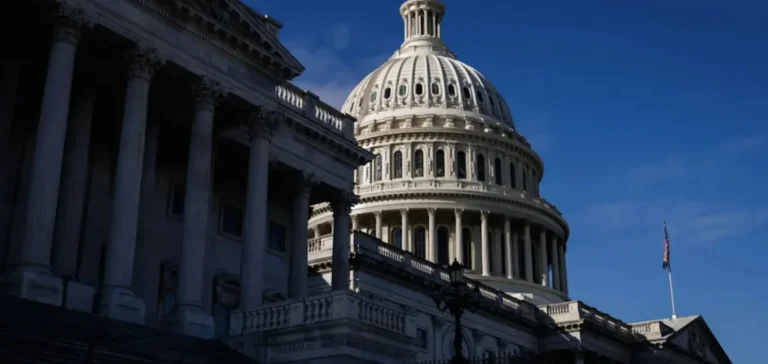The partial shutdown of the United States federal government since October 1 is causing growing uncertainty in the energy and mining sectors. Several industry associations have raised concerns about the potential short- and medium-term effects if the situation persists, particularly on administrative permits, inter-agency coordination, and access to public data.
Strategic agencies partially paralysed
The operations of numerous key federal agencies are severely limited due to furloughs imposed on their staff. The Environmental Protection Agency is operating with only 11% of its workforce. The US Department of Energy has furloughed 59% of its employees, while the US Nuclear Regulatory Commission is operating at 31% of its capacity. The Federal Energy Regulatory Commission (FERC) is temporarily maintaining operations using reserve funds, but the duration of its autonomy remains uncertain.
Consequences for infrastructure projects
The current uncertainty is delaying the usual processes of exchange between regulators and operators. For electricity transmission companies, these regular interactions with FERC are necessary to obtain approvals, submit compliance documents, and advance ongoing projects. A prolonged interruption could significantly slow down the review and approval of applications.
Larry Gasteiger, Executive Director of the WIRES association representing electricity transmission companies, stated that these administrative blockages risk disrupting compliance schedules and introducing indeterminate delays for already active projects. If FERC exhausts its funds, it plans to retain only 60 employees and 18 contractors for essential functions.
Pressure on coal and metal industries
Consequences also extend to the steel industry. In the absence of active services within the US Department of Commerce, data on steel import licences are no longer updated. Kevin Dempsey, President of the American Iron and Steel Institute, stated that this lack of information deprives industry stakeholders of an early warning system for import flows, exposing them to sudden and unmonitored foreign competition.
In the mining sector, the American Exploration and Mining Association pointed to potential blockages in coordination between state and federal agencies, jeopardising the progress of projects linked to critical raw material supply chains.
Blocked permits and delayed decisions
The issuance of permits remains a central point of tension. While the Bureau of Land Management is maintaining permitting activities, the Environmental Protection Agency is no longer able to validate the required assessments. Many projects rely on multi-agency approvals before they can proceed.
Dena Wiggins, President and CEO of the Natural Gas Supply Association, noted that even if FERC is not immediately affected, its collaboration with other entities is essential. The current deadlock is therefore hindering efforts to reform the permitting process, which many stakeholders consider a priority.
Government support for coal continues
Some initiatives in favour of the coal industry, announced just before the shutdown, are expected to continue once the situation is resolved. The US Department of Energy unlocked $625mn in funding for modernising coal-fired power plants, while the US Department of the Interior reduced royalty rates on mining concessions and announced the opening of 13.1 million acres for coal development.
Additionally, the Environmental Protection Agency extended compliance deadlines for certain pollutant limits and is considering revising its Regional Haze rule to reduce cost burdens on coal plant operators.






















